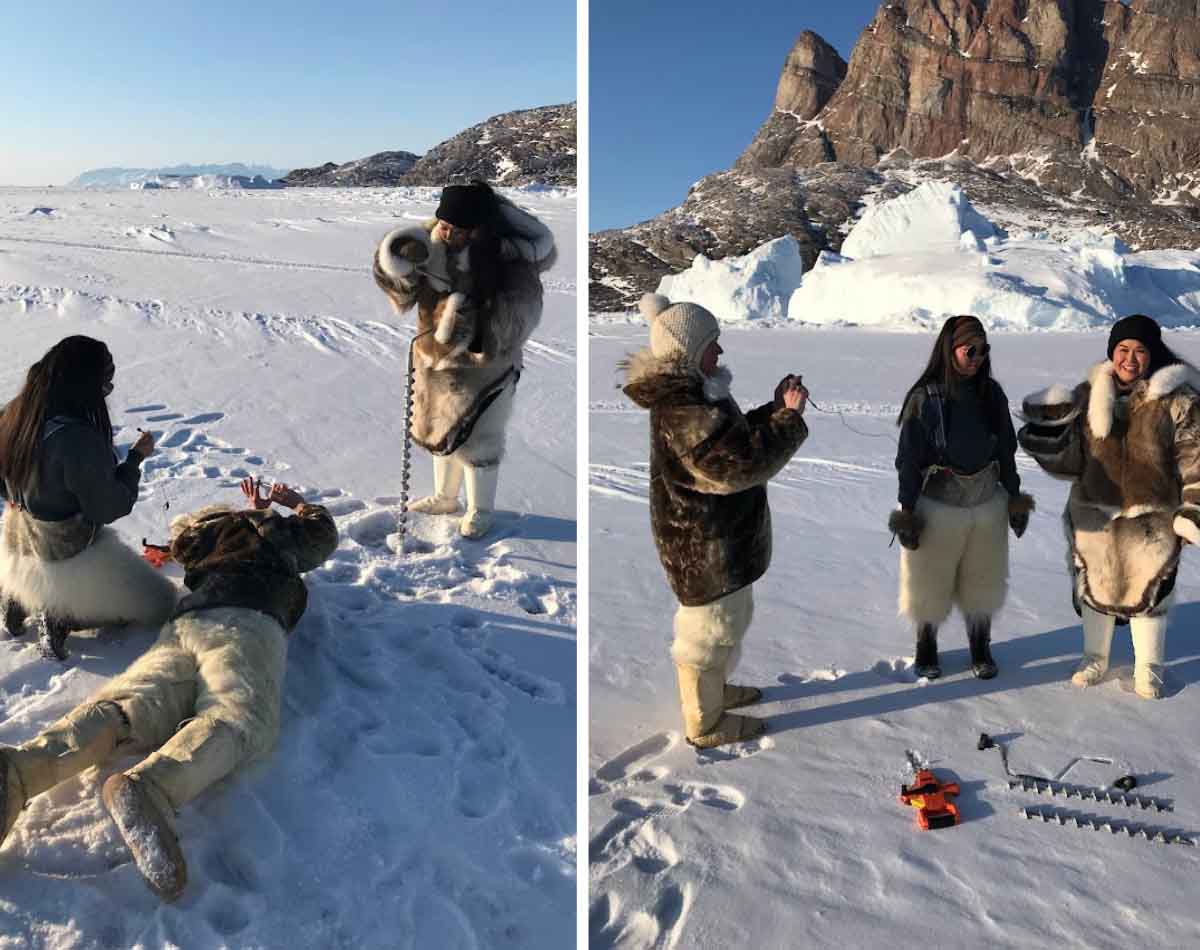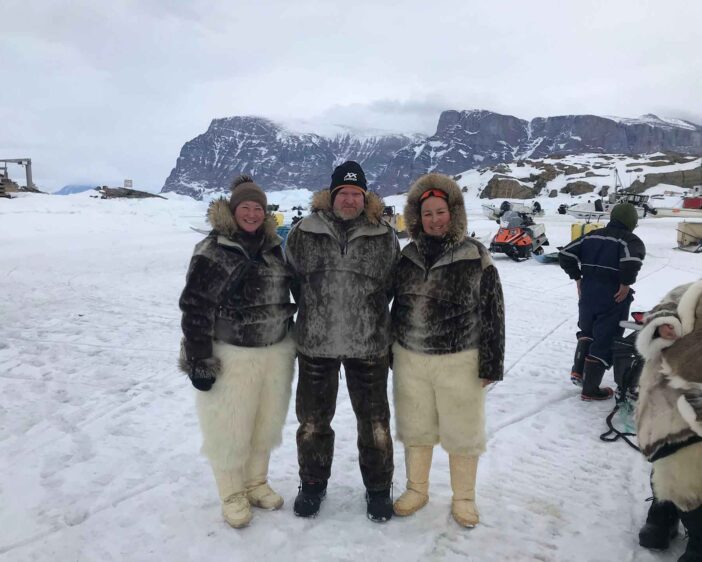Principal of Uummannaq Children’s Home: It’s a win-win when we collaborate with researchers
The children at the Children’s Home in Uummannaq gain valuable experiences and positive role models when they assist researchers with their projects.
By Nicoline Larsen
They have dived under the ice, taken samples on the Greenland Ice Sheet, visited Svalbard, and traveled by dog sled to Qaanaaq. The children at the Children’s Home in Uummannaq experience quite a bit when they participate in projects with researchers from around the world.
“It’s a win-win situation where you give something, and you get something,” says Ann Andreasen, Principal of Uummannaq Children’s Home.
Successful learning experiences
Over the 39 years Ann Andreasen has worked at the Children’s Home in Uummannaq, the home has agreed to participate in numerous research projects.
This decision is based on the fundamental belief that both sides have much to offer each other.
“The researchers coming here bring experience and knowledge, and we who live here have some experience and knowledge. So, we can benefit from each other,” she explains.
“At one point, we had some young people who didn’t fit into the school system. But then a group of researchers came to town, and instead of these young people being placed in remedial classes, they could assist the researchers.”

One of the young people from the Children’s Home participates in a dog sled race on the sea ice.
Photo: Nicoline Larsen
Through collaboration with researchers, Ann Andreasen has observed that the children and young people involved develop new skills and experience success in learning.
“Some of these children have had many failed attempts in school, so having a positive experience with school can be a life-changing event.”
Researchers and children can teach each other a lot
But the collaboration goes both ways. The children also have a lot to offer the researchers. They are experts in the area’s language, culture, and nature.
“Our children greatly enjoy going out with the researchers because they can use their language and knowledge about their own country,” says Ann Andreasen.
“Having a positive experience with school can be a life-changing event”
– Ann Andreasen
For example, she mentions that children and young people from the Children’s Home have many skills related to nature. At one point, some children were out with a French research team that took them under the ice’s surface, and the researchers were very impressed with the children’s approach to diving into the cold water.
Language exchange
Both researchers and children also have something practical to use each other for – namely, language.

The Children’s Home has collaborated with researchers from Ilisimatusarfik and Brown University to study how the sea ice changes.
Photo: Parnuna Egede Dahl
“Some of the children are very interested in learning to speak English. So, this is a good way to learn it,” says Ann Andreasen.
“Our kids mirror these people, and the researchers become their role models”
– Ann Andreasen
She explains that some young people from the Children’s Home have taken on translating between Greenlandic and English when researchers visited Uummannaq. In that way, the researchers receives translation help, and the young people get to practice their English.
Role models
Over the years, the children from the Children’s Home have had many fun and significant experiences by engaging in research projects, which have also given them an understanding of what research is and how a researcher works.
“Our kids mirror these people, and the researchers become their role models. Instead of running around not fitting into the school system, having nothing to do, and causing trouble, they can use their energy for something sensible. Something that benefits society,” says Ann Andreasen.

Ummannaq’s iconic heart-shaped mountain seen from above.
Photo: Nicoline Larsen
An equal relationship
The relationships between the researchers and the people from the Children’s Home must be equal before Ann Andreasen agrees to collaborate.
“I expect respectful and equal collaboration from those who come from outside as well as from our staff and children. That we meet each other on an equal level,” she says.
“And when the researchers are done with their research, we want to know what they have found out. So we can share it with those who helped and feel a sense of ownership towards the project – it could be a film or an article they helped create. It’s nice to have; they can use it later and pass it on to others.”

